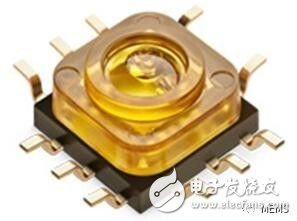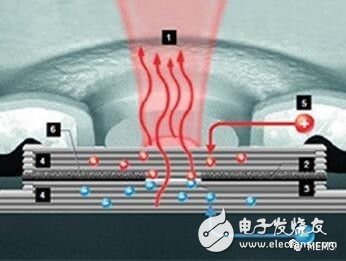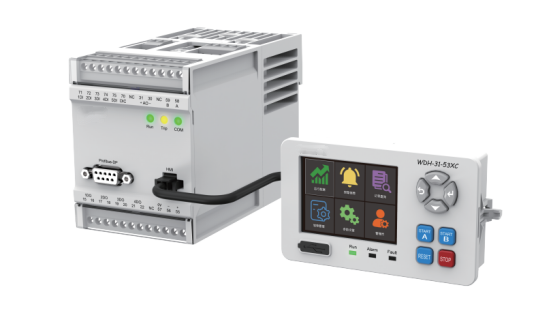According to James Consulting, the joint goal of Philips Photonics and UK IQE is to manufacture semiconductor lasers that can be mass-produced and control the cost to the level equivalent to LEDs.

Philips has completed a vertical cavity surface emitting laser (hereinafter referred to as VCSEL) production line for batch photonic products such as data communications and lighting. The project invested 23 million euros. This three-year project is VIDaP, which is supported by the German Federal Ministry of Education and Research (BMBF) and the European Union. At the same time, VCSEL project participants include STMicroelectronics and the Eindhoven University of Technology in the Netherlands. VCSELs are specialized compound semiconductor (non-silicon) devices, which are traditionally produced in small batches because they are primarily non-automated. Philips and its project partners have announced that they have demonstrated the same way to produce VCSELs under uniform standards, the same as other mass-produced semiconductor components. Philips claims that in the past 12 months, they have produced 700 million VCSELs in the laser diode production facility in Ulm. Their goal is to double their capacity by the beginning of 2018. VCSELs are being designed into industrial and data communication systems, and Philips is also predicting new applications that may emerge in the future, such as 3D image recognition for smartphones and optical sensors for autonomous automotive laser lidar mapping systems. Joseph Pankert, general manager of Philips Photonics, wrote: "The market demand for VCSELs is rapidly increasing. It is based on this demand that we have continued to invest in research, development and efficient production over the past few years."

VCSEL structure diagram (source: Philips Photonics) VCSEL is a semiconductor laser diode. It can emit laser light perpendicular to the surface (position 1 in the figure above). This laser consists of an active area with a thickness of a few nanometers. In the active region, carriers are converted into light. In the upper and lower layers of the active region, a resonator mirror is formed of a plurality of layers having different refractive indices (the position of 4 in the above figure). Short laser resonators require a mirror with high reflectivity in order to obtain sufficient gain. In addition, the doped semiconductor mirror also provides a contact hole with the active layer (positions 2 and 3 in the above figure). The size of the active region is determined by the width of the oxide layer near the active region (the position of 6 in the above figure). The active area structure and vertical light emission make it possible to fabricate lasers in a single step process step. Standard semiconductor wafer process steps are then used to define the emission area and provide electrical terminals for a single laser diode.
Motor Control And Protection Management System
As a leader in engineering and industrial software, Elecnova electric helps to build sustainable motor protection solutions across the electrical system and the industrial processes by providing a robust, tested and validated architectural approach to your motor management.

Motor Control And Protection Management System,Integrated Motor Control System,Motor Control Device Basic Protection,Motor Protection Controller Temperature Monitoring
Jiangsu Sfere Electric Co., Ltd , https://www.elecnova-global.com